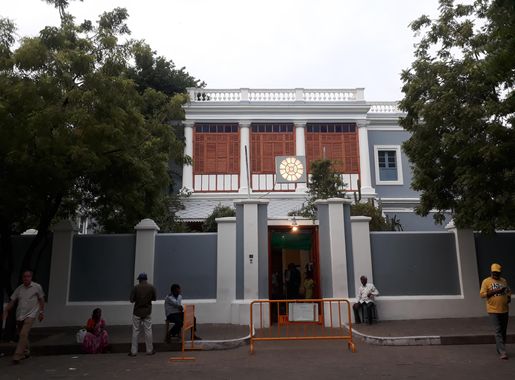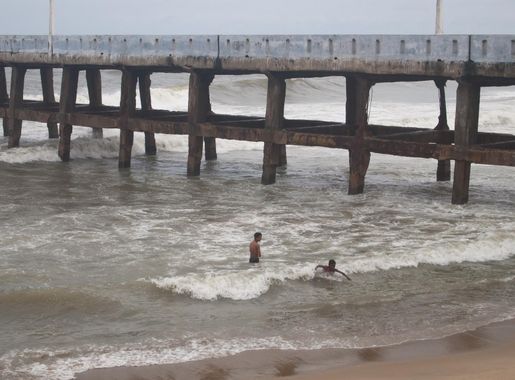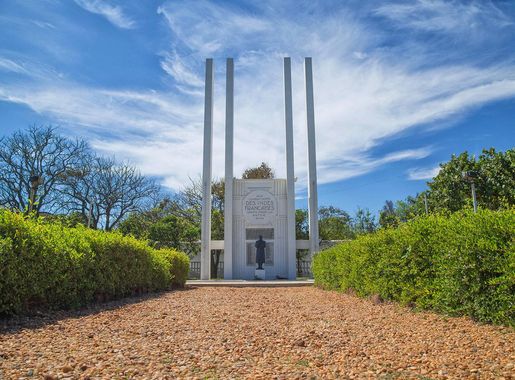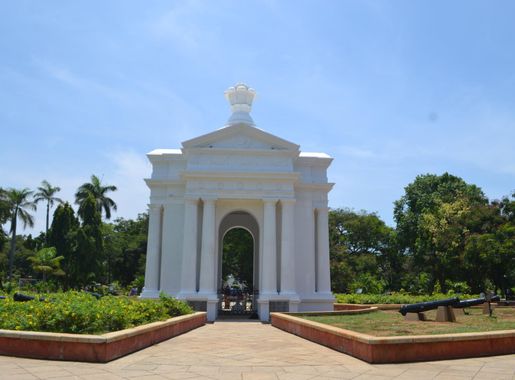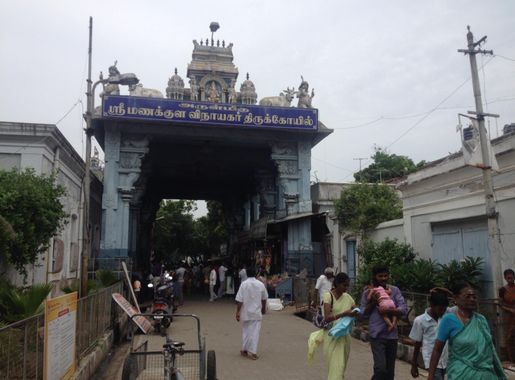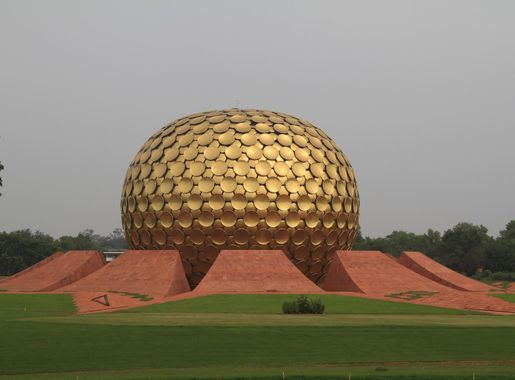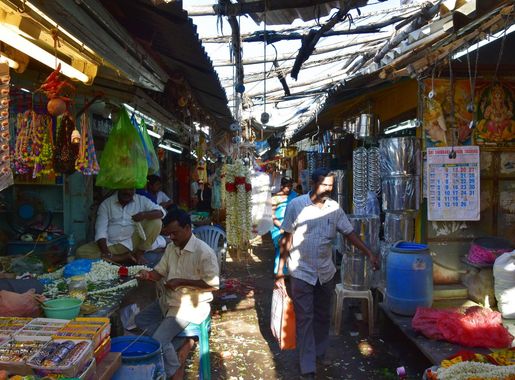
Charming French Quarter of Pondicherry: A Melange of Cultures
Explore the French Quarter of Pondicherry, where colonial charm meets Indian culture in a picturesque setting, offering a unique blend of history, art, and cuisine.
Step into the French Quarter of Pondicherry, a delightful neighbourhood that transports visitors to a different era. With its tree-lined streets, colonial architecture, and vibrant bougainvillea, this area exudes a unique charm. The French Quarter is an ideal destination for those who appreciate history, culture, and beauty, all wrapped in a serene coastal setting. Meander through the quaint lanes and discover beautifully preserved colonial buildings painted in pastel shades of yellow, blue, and pink. The French Quarter's architecture is a testament to Pondicherry's colonial past, seamlessly blending French and Indian influences. As you explore, you'll find picturesque cafes, boutique shops, and art galleries that reflect the area's creative spirit. Don't miss a visit to the iconic Promenade Beach, where you can enjoy a leisurely stroll along the seafront while taking in views of the Bay of Bengal. The French Quarter also offers numerous dining options, from authentic French cuisine to traditional South Indian dishes, providing a culinary journey that delights the senses. Whether you're an art enthusiast, a history buff, or simply seeking a peaceful retreat, the French Quarter of Pondicherry promises a memorable experience.
Local tips in French Quarter
- Visit in the early morning or late afternoon to avoid the midday heat and enjoy a pleasant walking experience.
- Wear comfortable shoes as the best way to explore the French Quarter is on foot.
- Don't forget your camera; the colonial architecture and vibrant streets make for stunning photographs.
- Try the local French bakeries for delicious pastries and bread.
- Check out the local art galleries for unique souvenirs and a glimpse into the local art scene.
Charming French Quarter of Pondicherry: A Melange of Cultures
Step into the French Quarter of Pondicherry, a delightful neighbourhood that transports visitors to a different era. With its tree-lined streets, colonial architecture, and vibrant bougainvillea, this area exudes a unique charm. The French Quarter is an ideal destination for those who appreciate history, culture, and beauty, all wrapped in a serene coastal setting. Meander through the quaint lanes and discover beautifully preserved colonial buildings painted in pastel shades of yellow, blue, and pink. The French Quarter's architecture is a testament to Pondicherry's colonial past, seamlessly blending French and Indian influences. As you explore, you'll find picturesque cafes, boutique shops, and art galleries that reflect the area's creative spirit. Don't miss a visit to the iconic Promenade Beach, where you can enjoy a leisurely stroll along the seafront while taking in views of the Bay of Bengal. The French Quarter also offers numerous dining options, from authentic French cuisine to traditional South Indian dishes, providing a culinary journey that delights the senses. Whether you're an art enthusiast, a history buff, or simply seeking a peaceful retreat, the French Quarter of Pondicherry promises a memorable experience.
Iconic landmarks you can’t miss
The Sacred Heart Basilica
Discover the enchanting Sacred Heart Basilica in Puducherry, a neo-gothic masterpiece adorned with stunning stained glass and rich history.

Mahatma Gandhi Statue
Explore the Mahatma Gandhi Statue in Puducherry, a serene sculpture symbolizing peace and non-violence, set against a picturesque coastal backdrop.

French War memorial
Explore the French War Memorial in Puducherry, a serene tribute to valor set in the charming French Quarter, perfect for history enthusiasts and nature lovers alike.
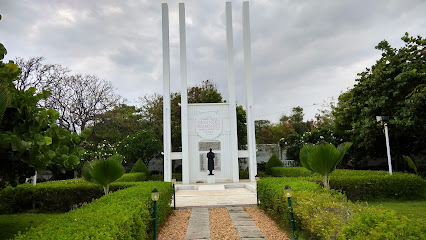
Old Lighthouse
Discover the Old Lighthouse in Puducherry, a historical landmark offering stunning views and rich maritime heritage.
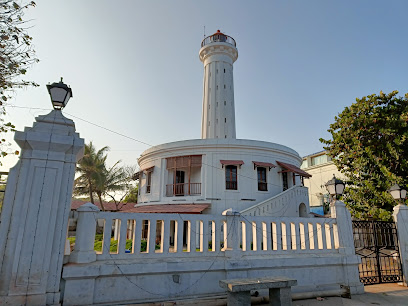
Aux Combatants Dead Indies French Homeland Povala
Explore Aux Combatants Dead Indies, a serene war memorial in Puducherry honoring the courageous soldiers from the French colonies during WWI.
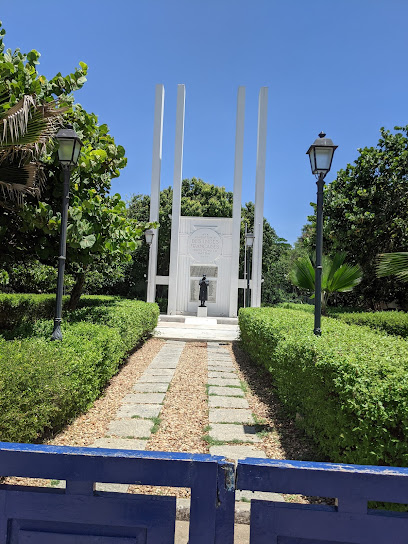
Pondy Sunrise Beach
Discover the tranquil beauty of Pondy Sunrise Beach in Puducherry, where golden sands and vibrant sunrises await every traveler.
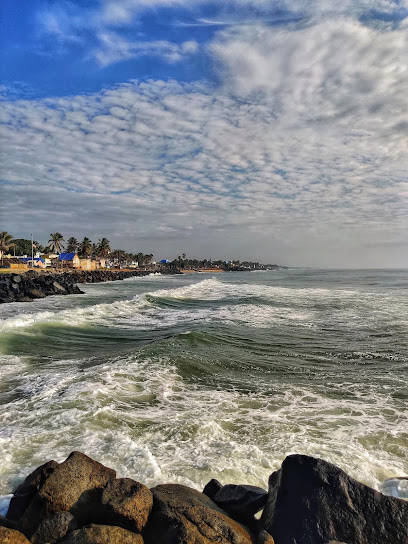
White Town
Explore White Town, Puducherry's picturesque French Quarter, where colonial charm meets vibrant culture and serene coastal beauty.
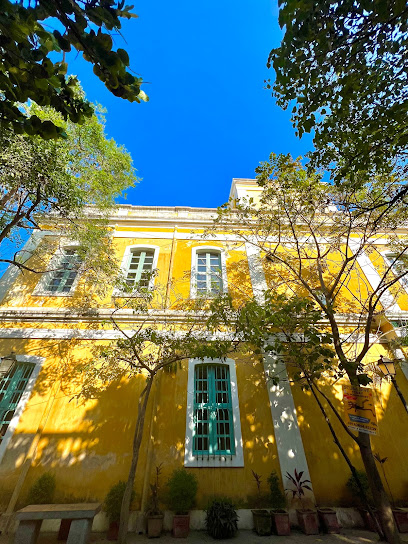
Pondicherry french city (White Town)
Explore the enchanting French Quarter of Pondicherry, where colonial charm meets vibrant culture and delightful culinary experiences await.

Awareness wall
Discover the Awareness Wall in Puducherry, a vibrant historical landmark that combines art, culture, and social consciousness in a picturesque setting.
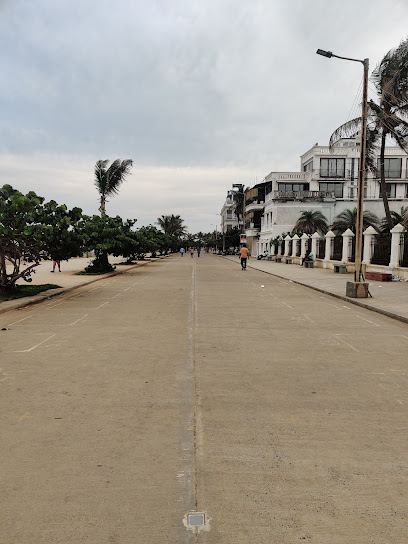
Old Customs House
Explore the Old Customs House, a historical landmark in Puducherry that showcases stunning colonial architecture and rich maritime history.
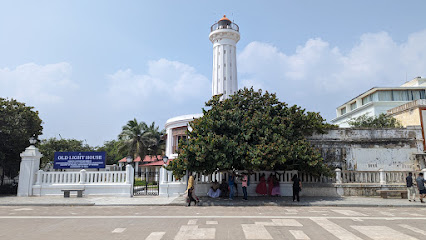
Unmissable attractions to see
The Sacred Heart Basilica
Explore the stunning Sacred Heart Basilica in Puducherry, a breathtaking example of Gothic architecture filled with vibrant stained glass and serene spirituality.
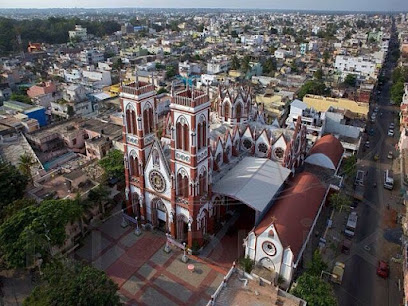
Old Lighthouse
Discover the rich maritime history and breathtaking views at the Old Lighthouse in Puducherry, a must-visit tourist attraction.

Picture Spot - Outside Rue Romain Rolland
Discover the enchanting views of Puducherry at the Picture Spot on Rue Romain Rolland, where colonial charm meets vibrant coastal beauty.
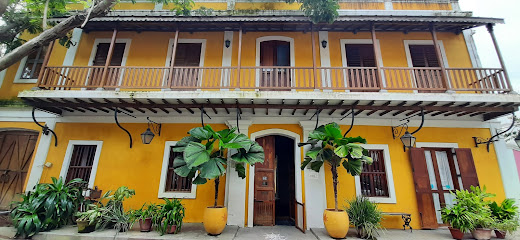
Outside Le Duplex
Explore the vibrant culture and unique architecture at Outside Le Duplex, a must-visit tourist attraction in Puducherry's White Town.
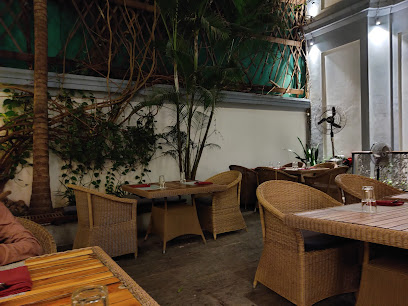
Picture Spot - Outside Lycee Francais International School
Discover the picturesque charm of Puducherry at the iconic Picture Spot outside the Lycee Francais International School.
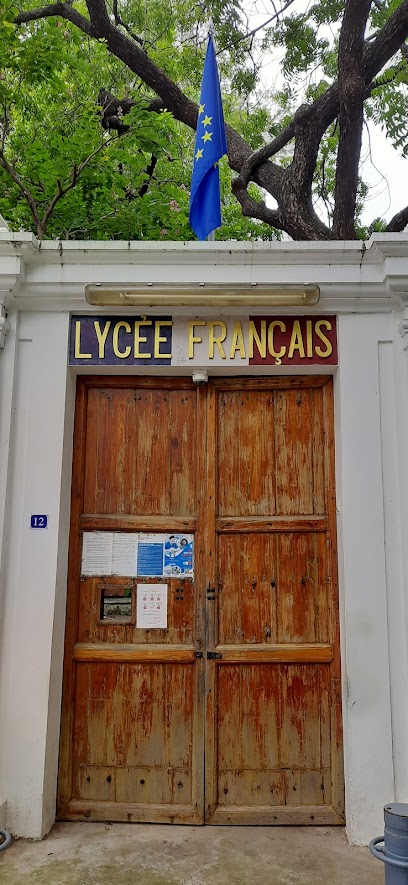
Essential places to dine
Cafe des Arts
Experience the charm of French cuisine at Café des Arts in Puducherry – where culinary delights meet artistic ambiance.
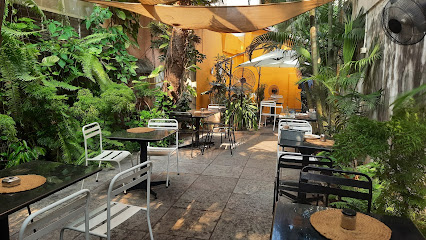
Rendezvous Cafe Restaurant
Discover exquisite European and seafood cuisine at Rendezvous Cafe Restaurant in Puducherry's enchanting French quarter.
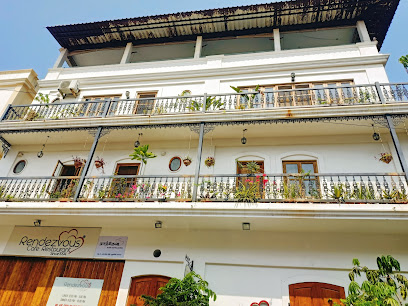
De Bussy Restaurant
Experience the best of French and South Indian cuisine at De Bussy Restaurant in Puducherry, where family-friendly dining meets culinary excellence.
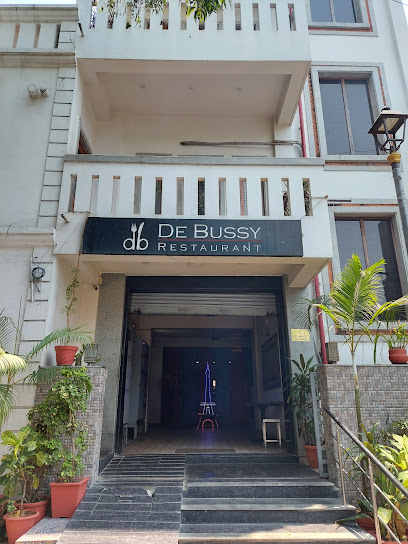
Madame Shanthe's Cafe Restaurant
Experience exquisite dining at Madame Shanthe's Cafe Restaurant in Puducherry - where Italian meets Indian amidst charming ambiance.
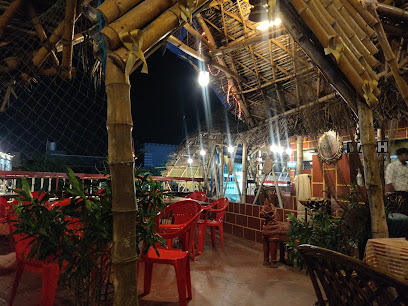
1 RUE SUFFREN - Best Resto Bar Restaurant in White Town - Pondicherry
Discover exquisite French cuisine and fresh seafood at 1 Rue Suffren in charming White Town, Pondicherry – where every meal is a celebration.
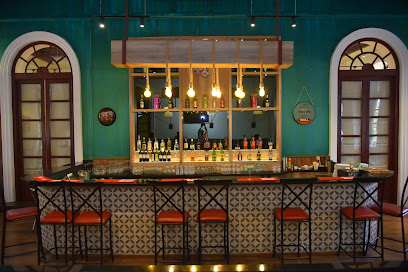
Les Saveurs
Experience authentic French cuisine at Les Saveurs in Puducherry's historic White Town - a must-visit for culinary enthusiasts.
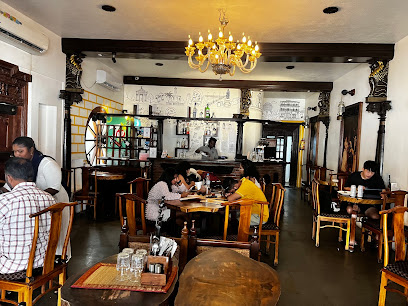
La Maison Rose
Experience authentic Italian cuisine at La Maison Rose in Puducherry's charming White Town - where every meal tells a story.
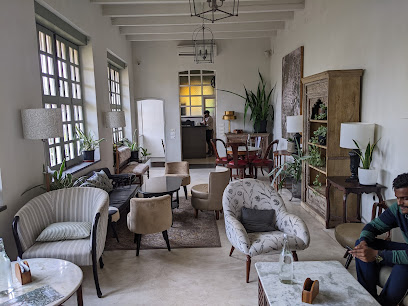
Cafe Veloute - French Cuisine/Multi/Thai/Japanese/Best Cafe in Pondicherry
Experience the fusion of French elegance and Asian flavors at Cafe Veloute in Pondicherry - where every dish tells a story.
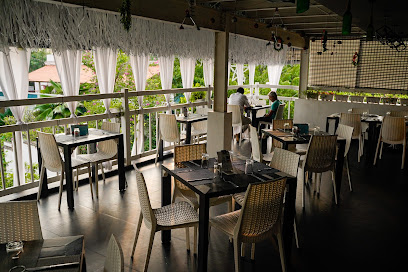
Le Club (LA TENDANCE)
Discover exquisite French cuisine and premium steaks at Le Club (LA TENDANCE), Puducherry's finest dining destination.
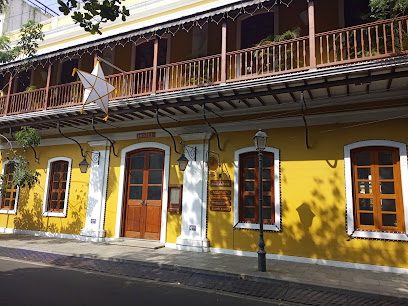
STREET FRENCH CAFE
Discover authentic French flavors at STREET FRENCH CAFE in Puducherry - a culinary gem for food lovers seeking unique dining experiences.

Markets, malls and hidden boutiques
Casablanca
Explore the vibrant Casablanca in Puducherry – a clothing store, café, chocolate shop, and home goods destination all in one place.
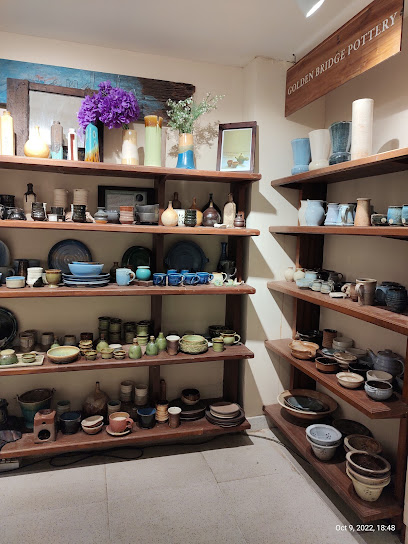
AURA EXPERIENCE STORE
Discover unique handcrafted treasures at AURA Experience Store, a boutique in Puducherry offering an authentic taste of local culture and artistry.
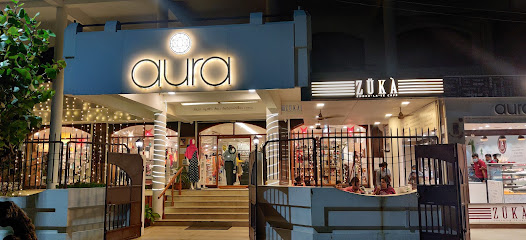
Anokhi
Experience the charm of Anokhi, a boutique in Puducherry offering exquisite hand-crafted textiles and unique souvenirs reflecting Indian artistry.
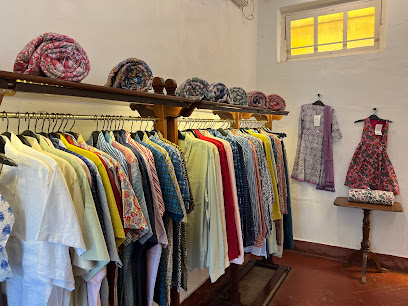
La Boutique D Auroville
Explore the charm of La Boutique D Auroville in Puducherry, where every handcrafted item tells a story and supports local artisans.

Street shop pondy
Explore the charm of Puducherry through unique gifts and local handicrafts at Street Shop Pondy, your go-to destination in White Town.
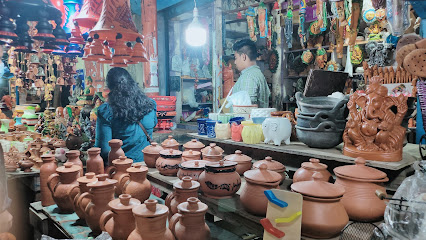
UPASANA PONDICHERRY
Explore Upasana Pondicherry, where local craftsmanship meets vibrant culture in a charming boutique experience.
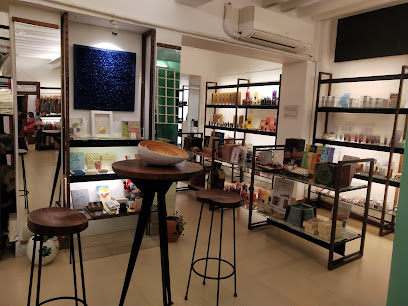
Auro Boutique
Explore Auro Boutique in Puducherry for unique gifts, artisanal incense, and exquisite perfumes that capture the spirit of India.
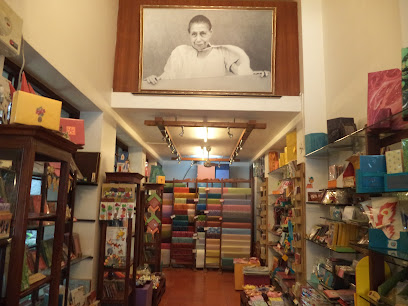
Heart Beatz
Discover a world of unique gifts and delightful finds at Heart Beatz, the premier gift shop in Puducherry.
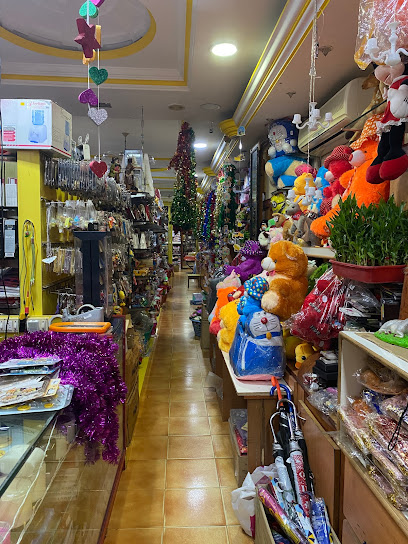
Kriti Ecoboutique
Explore Kriti Ecoboutique in Puducherry for sustainable souvenirs, eco-friendly clothing, and aromatic spices, celebrating local craftsmanship and culture.
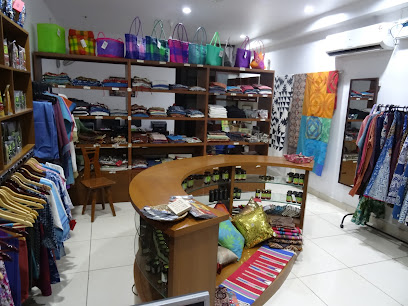
Exotic India
Explore the vibrant world of handicrafts at Exotic India, where every piece reflects the rich culture and artistry of Indian traditions.
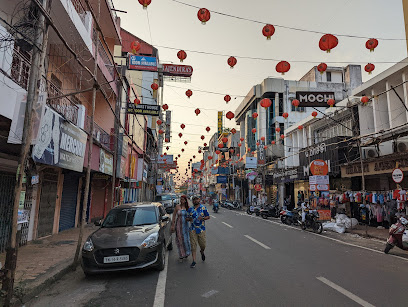
Essential bars & hidden hideouts
1 RUE SUFFREN - Best Resto Bar Restaurant in White Town - Pondicherry
Discover the exquisite blend of French cuisine and local flavors at 1 Rue Suffren, the premier dining destination in Pondicherry's White Town.
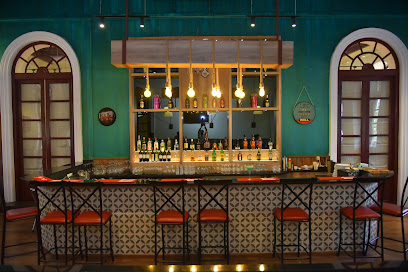
Flaming Dragons Lounge & Nightlife
Experience the electrifying nightlife at Flaming Dragons Lounge in Puducherry, featuring Asian cuisine, live music, and a dance club atmosphere.
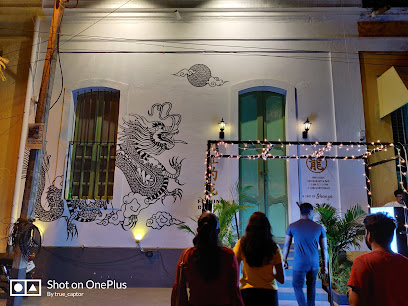
Asianhouse-Best pub in Pondicherry | Top-rated pub with live music dance floor and food offers| Nightlife Happy Hours
Discover the vibrant nightlife at Asianhouse, Pondicherry's premier pub for live music, dance, and delightful food offerings.
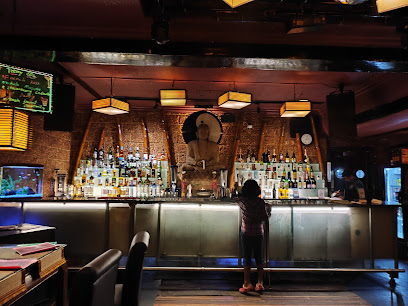
LB2 eclipse rooftop
Discover the exquisite dining and breathtaking views at LB2 Eclipse Rooftop, Puducherry's ultimate lounge experience blending luxury and local flavors.
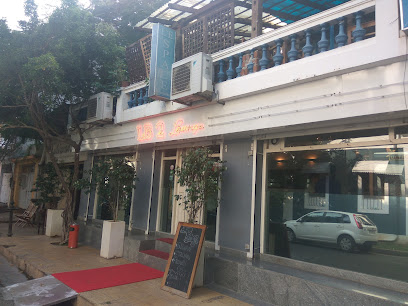
GRAVITY RESTOPUB & HOOKAH CLUB-,NIGHTCLUB-Pondicherry
Discover the vibrant nightlife at Gravity Restopub & Hookah Club in Pondicherry, where great food, drinks, and entertainment await!
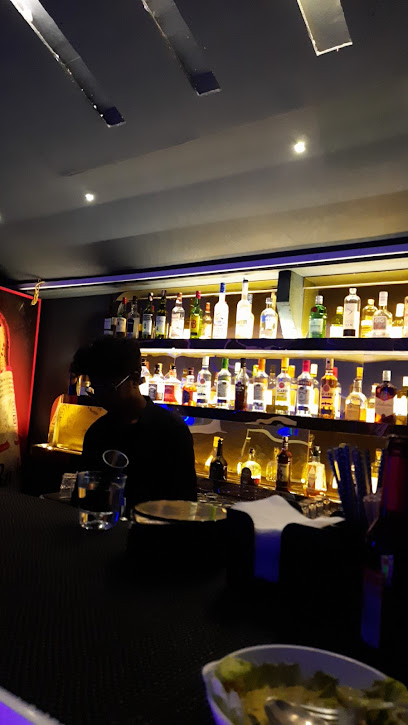
CROSSKEYS RESTROPUB
Discover the vibrant nightlife at Crosskeys Restropub in Puducherry, where exquisite cuisine meets pulsating music for an unforgettable experience.
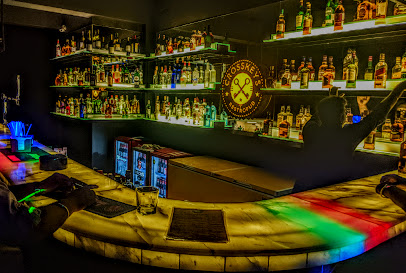
Mel Whisks - Gastro Bar Pondicherry
Discover the flavors of Pondicherry at Mel Whisks, a vibrant gastro bar in Heritage Town offering exquisite cuisine and a lively atmosphere.
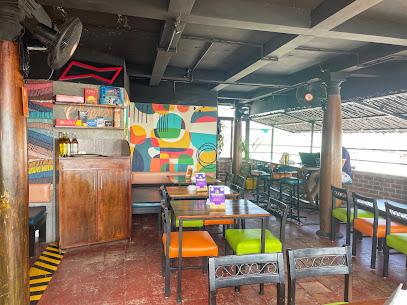
The Storytellers' Bar
Experience the essence of Puducherry at The Storytellers' Bar, where exquisite drinks and culinary delights come together in a vibrant ambiance.
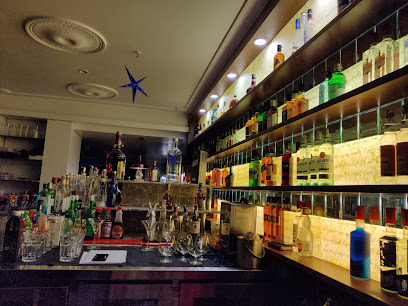
OMG Pub and Kitchen
Experience the vibrant nightlife and delicious cuisine at OMG Pub and Kitchen in Puducherry's Heritage Town.
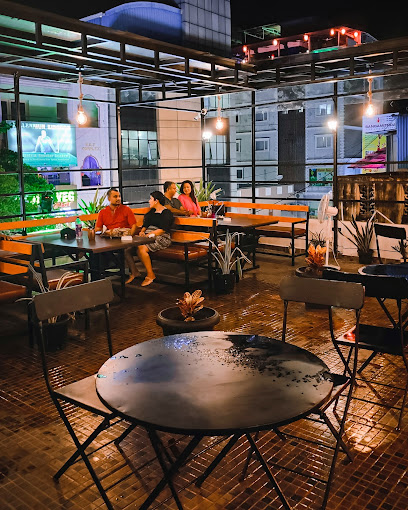
Amnivasam Bar And Restaurant
Discover the vibrant flavors and lively atmosphere at Amnivasam Bar And Restaurant, a must-visit dining destination in Puducherry.

Level 4 Sports Bar Pondicherry
Discover the lively atmosphere of Level 4 Sports Bar Pondicherry, a hotspot for sports, cocktails, and delectable cuisine in a vibrant setting.
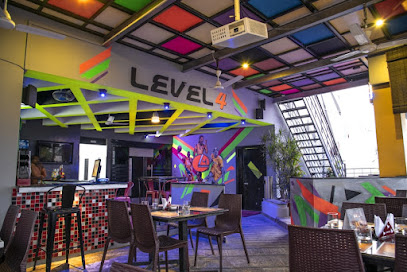
Float Gastro Pub - Pondicherry
Experience the vibrant fusion of Asian flavors and pulsating nightlife at Float Gastro Pub in Pondicherry, where every visit is a celebration.
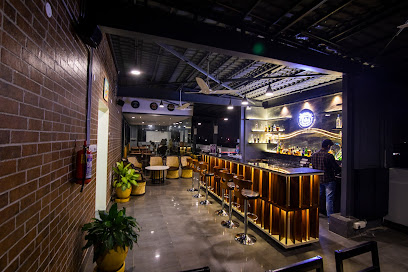
BricZ Resto Bar and Pub - Bang Bang Disc
Discover the lively ambiance and diverse menu at BricZ Resto Bar and Pub in Puducherry, a perfect blend of nightlife and culinary delight.
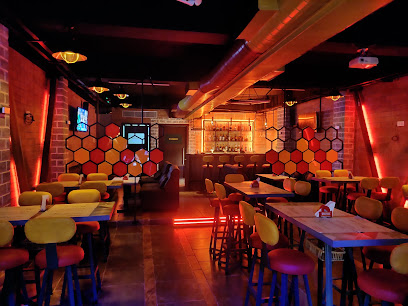
Cloud96 - Dj Party / Restro Bar / Restro Pub
Experience the vibrant nightlife of Puducherry at Cloud96, a lively pub offering DJ parties and a delectable menu in a stylish atmosphere.
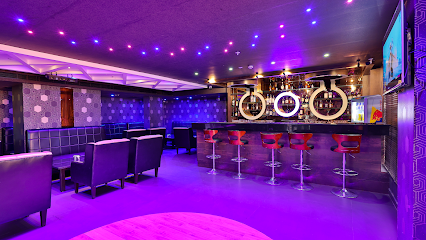
Local Phrases
-
- Helloनमस्ते
[Namaste] - Goodbyeअलविदा
[Alvida] - Yesहाँ
[Haan] - Noनहीं
[Nahi] - Please/You're welcomeकृपया
[Kripya] - Thank youधन्यवाद
[Dhanyavaad] - Excuse me/Sorryमाफ़ कीजिए
[Maaf kijiye] - How are you?आप कैसे हैं?
[Aap kaise hain?] - Fine. And you?ठीक हूँ। और आप?
[Theek hoon. Aur aap?] - Do you speak English?क्या आप अंग्रेज़ी बोलते हैं?
[Kya aap angrezi bolte hain?] - I don't understandमुझे समझ में नहीं आया
[Mujhe samajh mein nahi aaya]
- Helloनमस्ते
-
- I'd like to see the menu, pleaseकृपया मेन्यू दिखाएं
[Kripya menu dikhaayein] - I don't eat meatमैं मांस नहीं खाता/खाती
[Main maans nahi khaata/khaati] - Cheers!चियर्स!
[Cheers!] - I would like to pay, pleaseकृपया मैं भुगतान करना चाहूं
[Kripya main bhugtaan karna chaahun]
- I'd like to see the menu, pleaseकृपया मेन्यू दिखाएं
-
- Help!मदद!
[Madad!] - Go away!चले जाओ!
[Chale jao!] - Call the Police!पुलिस को बुलाओ!
[Police ko bulaao!] - Call a doctor!डॉक्टर को बुलाओ!
[Doctor ko bulaao!] - I'm lostमैं खो गया/गई हूँ
[Main kho gaya/gayi hoon] - I'm illमुझे बीमारी है
[Mujhe bimaari hai]
- Help!मदद!
-
- I'd like to buy...मैं खरीदना चाहूंगा/चाहूंगी...
[Main khareedna chahunga/chahungi...] - I'm just lookingमैं बस देख रहा/रही हूँ
[Main bas dekh raha/rahi hoon] - How much is it?यह कितने का है?
[Yeh kitne ka hai?] - That's too expensiveयह बहुत महंगा है
[Yeh bahut mehnga hai] - Can you lower the price?क्या आप कीमत कम कर सकते हैं?
[Kya aap keemat kam kar sakte hain?]
- I'd like to buy...मैं खरीदना चाहूंगा/चाहूंगी...
-
- What time is it?अब कितने बजे हैं?
[Ab kitne baje hain?] - It's one o'clockएक बजे हैं
[Ek baje hain] - Half past (10)दस बजकर पंद्रह मिनट हुए
[Das bajkar pandrah minute hue] - Morningसुबह
[Subah] - Afternoonदोपहर
[Dopahar] - Eveningशाम
[Shaam] - Yesterdayकल
[Kal] - Todayआज
[Aaj] - Tomorrowकल
[Kal] - 1एक
[Ek] - 2दो
[Do] - 3तीन
[Teen] - 4चार
[Char] - 5पाँच
[Paanch] - 6छह
[Chhah] - 7सात
[Saath] - 8आठ
[Aath] - 9नौ
[Nau] - 10दस
[Das]
- What time is it?अब कितने बजे हैं?
-
- Where's a/the...?कहाँ है...
[Kahaan hai...] - What's the address?पता क्या है?
[Pata kya hai?] - Can you show me (on the map)?क्या आप मुझे दिखा सकते हैं (नक्शे पर)?
[Kya aap mujhe dikha sakte hain (naksha par)?] - When's the next (bus)?अगली (बस) कब है?
[Agli (bus) kab hai?] - A ticket (to ....)एक टिकट (का...)
[Ek ticket (ka...)]
- Where's a/the...?कहाँ है...
History of French Quarter
-
The French Quarter of Pondicherry, known as 'Ville Blanche', was established during the French colonial period in the 17th century. The French East India Company founded Pondicherry in 1674, and it quickly became a prominent trading post. The area was characterized by its distinct architectural style, featuring French colonial buildings with vibrant colors, wrought-iron balconies, and tree-lined streets, reflecting the influence of French culture in India.
-
In 1763, the Treaty of Paris was signed, marking the end of the Seven Years' War. As a result, Pondicherry changed hands between the French and the British multiple times, leading to periods of both decline and expansion in the French Quarter. The French regained control in 1784, and during this time, the French Quarter saw a revival in trade and culture, further entrenching its French identity.
-
During the early 20th century, Pondicherry became a hub for revolutionary activities against British rule in India. The French Quarter served as a meeting place for freedom fighters and intellectuals who sought to promote nationalistic sentiments. Figures like Aurobindo Ghosh were influential in this period, advocating for India’s independence while maintaining a unique relationship with the French colonial administration.
-
After India gained independence in 1947, Pondicherry remained a French territory until 1954. The integration of Pondicherry into the Indian Union was a significant event that affected the French Quarter. This transition saw changes in governance and cultural dynamics, yet the French influence remained strong, with many residents continuing to speak French and celebrate French festivals.
-
Today, the French Quarter is a UNESCO World Heritage site, celebrated for its unique blend of Indian and French cultures. The area is renowned for its annual cultural festivals, art galleries, and cafes that serve both French and Indian cuisine. Preservation efforts have focused on maintaining the integrity of the colonial architecture while promoting the area's cultural heritage, making it a vibrant tourist destination.
French Quarter Essentials
-
The French Quarter, also known as 'White Town', is centrally located in Pondicherry, making it easily accessible from other neighborhoods. From the bus station, you can take an auto-rickshaw or a taxi to reach the French Quarter in about 10-15 minutes. If you're coming from the railway station, a taxi or auto-rickshaw ride will take approximately 15 minutes. There are also local buses that connect to various parts of Pondicherry, but they may not be the most convenient option for tourists.
-
The French Quarter is best explored on foot or by bicycle, as many of its charming streets are narrow and lined with historic buildings. Bicycle rentals are available throughout the area. Auto-rickshaws and taxis are also readily available for longer distances. Public transport options like buses are limited within the neighborhood but can be used to reach nearby areas.
-
The French Quarter is generally safe for tourists, but it's advisable to remain cautious, especially at night. Avoid deserted streets after dark. Petty crime, such as pickpocketing, can occur in crowded areas, so always keep an eye on your belongings. While there are no specific high-crime areas targeting tourists, areas near the bus station may require extra vigilance.
-
In case of an emergency, dial 100 for police assistance or 101 for fire services. For medical emergencies, contact the nearest hospital or clinic. It's advisable to have travel insurance that covers medical needs. Pharmacies are available in the French Quarter for over-the-counter medications. Familiarize yourself with the location of the nearest police station and hospital.
-
Fashion: Do dress modestly, particularly when visiting temples and churches. Avoid wearing revealing clothing. Religion: Do respect local customs; when entering religious sites, remove your shoes, and cover your head if required. Public Transport: Do be courteous to fellow passengers; don't eat or drink on public transport. Greetings: Do greet people with a friendly 'Namaste' and a smile. Eating & Drinking: Do try local cuisine and accept food offers graciously. Don't waste food or be overly picky, as this can be seen as disrespectful.
-
To experience the French Quarter like a local, take time to wander through its charming streets and visit local bakeries for authentic French pastries. Engage with local shopkeepers, many of whom are happy to share stories about the history of the area. Don’t miss the vibrant markets for fresh produce and local handicrafts. Attend local festivals, which often showcase the unique blend of French and Indian cultures. Try to learn a few basic Tamil phrases to connect better with residents.
Nearby Cities to French Quarter
-
Things To Do in Pondicherry
-
Things To Do in Chennai
-
Things To Do in Jaffna
-
Things To Do in Bengaluru
-
Things To Do in Madurai
-
Things To Do in Coimbatore
-
Things To Do in Mysore
-
Things To Do in Trincomalee
-
Things To Do in Anuradhapura
-
Things To Do in Kozhikode
-
Things To Do in Kochi
-
Things To Do in Sigiriya
-
Things To Do in Polonnaruwa
-
Things To Do in Trivandrum
-
Things To Do in Kanyakumari

